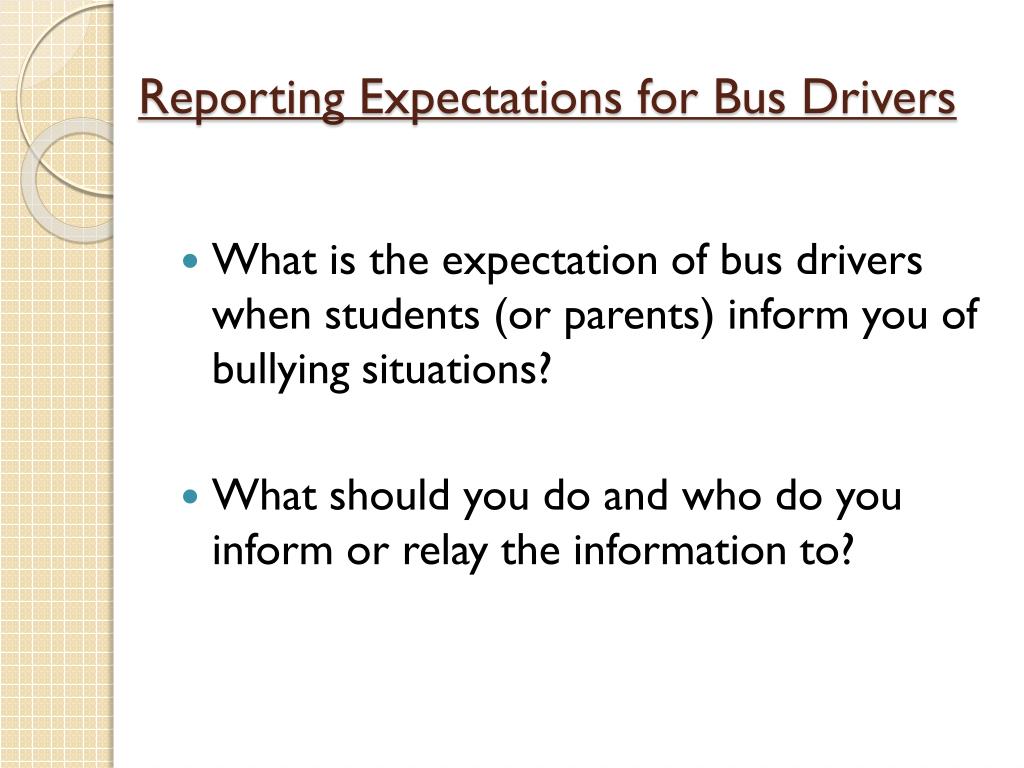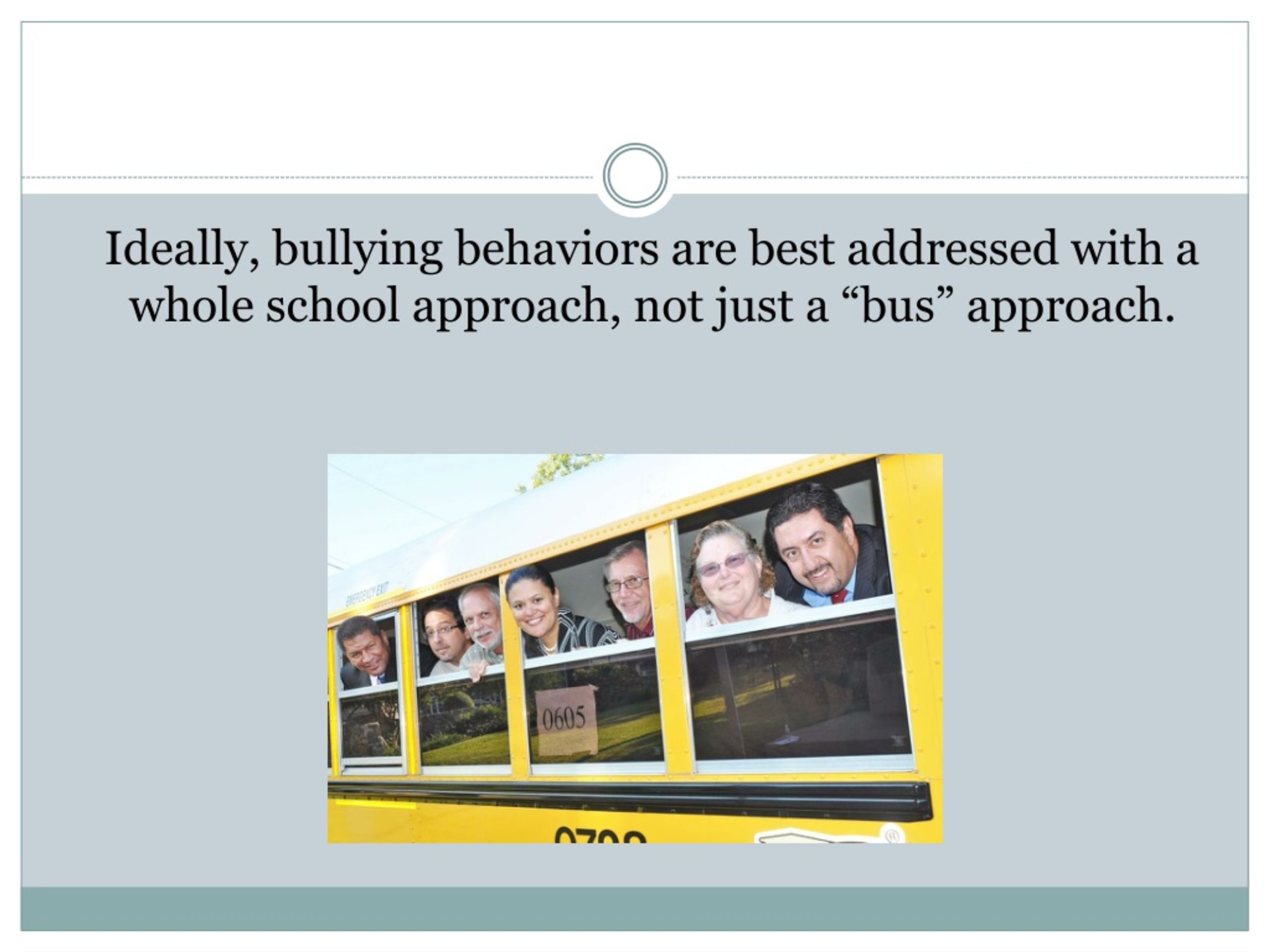Have you ever felt uneasy, even threatened, while simply waiting for your bus? It's time we acknowledge that "bus approach harassment" is not just a term it's a pervasive reality demanding immediate attention and action.
Bus approach harassment encompasses a disturbing spectrum of behaviors, far beyond mere discomfort. It includes verbal harassment, where demeaning or suggestive comments create a hostile atmosphere. Physical intimidation, such as unwanted touching, blocking pathways, or aggressive gestures, escalates the sense of threat. Other forms of unwelcome conduct, like staring, leering, or persistent unwanted advances, contribute to a climate of fear. These actions often target individuals based on their gender, race, appearance, or other protected characteristics, transforming a public space into a gauntlet of anxiety and vulnerability. The insidious nature of this harassment lies in its ability to erode a person's sense of safety and freedom, impacting their daily lives and overall well-being. Riders often report feeling anxious, stressed, and even afraid to use public transit, limiting their mobility and access to essential services.
| Aspect | Details |
|---|---|
| Definition | Unwanted and unwelcome behaviors experienced while waiting for or approaching a bus. |
| Forms of Harassment | Verbal harassment, physical intimidation, unwelcome advances, leering, stalking. |
| Targeted Groups | Often based on gender, race, appearance, sexual orientation, or other protected characteristics. |
| Impact on Victims | Anxiety, fear, stress, limited mobility, reduced sense of safety and freedom. |
| Location | Bus stops, waiting areas, on the bus itself. |
| Contributing Factors | Crowded conditions, lack of security, societal attitudes towards harassment. |
| Solutions | Increased surveillance, bystander intervention training, public awareness campaigns, policy changes. |
| Organizations Involved | Transit agencies, community organizations, advocacy groups. |
| Legal Repercussions | Varies depending on the severity and jurisdiction; can include criminal charges or civil lawsuits. |
| Further Resources | UN Women |
The consequences of bus approach harassment extend beyond individual experiences. It creates a chilling effect on public transit usage, particularly among vulnerable populations. When people fear for their safety, they may opt for alternative modes of transportation, leading to increased traffic congestion, environmental impact, and social isolation for those who rely on buses for their daily commute. This erosion of public trust in transit systems undermines efforts to promote sustainable transportation and create inclusive communities. Furthermore, the normalization of harassment can perpetuate harmful societal attitudes and contribute to a culture of impunity for perpetrators.
- Cricket Streaming Guide Find Matches More Year
- Karen Sue Trent Child Star Injury Amp Legacy Remembering Her
Recognizing the severity of the problem, agencies and policymakers are increasingly partnering with community organizations to address harassment and improve the rider experience. These collaborations often involve implementing comprehensive strategies that include increased surveillance, improved lighting, and enhanced security measures at bus stops and waiting areas. Public awareness campaigns play a crucial role in educating riders about their rights and empowering them to report incidents of harassment. Bystander intervention training equips individuals with the tools and confidence to safely intervene when they witness harassment, creating a sense of collective responsibility and support for victims. Additionally, policy changes, such as implementing stricter penalties for harassment and providing clear reporting mechanisms, are essential for holding perpetrators accountable and deterring future incidents.
The BBC's 100 Women series highlighted the urgency of addressing harassment on public transport by bringing together five experts from different fields to brainstorm and test innovative solutions. Over the course of a week, these teams designed and tested various ideas, ranging from technology-based reporting systems to community-led awareness initiatives. One key focus was on empowering individuals to confidently respond to harassment in the moment. This involved promoting strategies such as:
1. Naming the behavior and stating that it is wrong. This assertive approach involves clearly identifying the harassing action and explicitly condemning it. For example, saying "Do not whistle at me, that is harassment" or "Do not touch my butt, that is sexual harassment" leaves no room for ambiguity and sets a clear boundary.
- Shawn Roberts Bio Age Movies Is He Married Find Out Now
- All About Julia Trappe Juan Diego Flrezs Wife
2. Telling the harasser exactly what you want them to do. This direct approach involves stating your desired outcome in a clear and concise manner. For example, saying "Move away from me," "Stop touching me," or "Go stand over there" leaves no room for misinterpretation and asserts your personal space.
Fran Sepler, a nationally recognized speaker, led impactful training sessions aimed at fostering a culture of civility and respect. Her presentation, "Not Another Sexual Harassment Training: Empowering Attorneys and Judges to Create a Culture of Civility and Respect," provided legal professionals with the tools and insights needed to address harassment within their own workplaces and communities. The following day, Sepler presented again at the OSBA, this time focusing on "#MeToo: Sexual Harassment Training in the Workplace." These training sessions underscore the importance of ongoing education and awareness in combating harassment at all levels.
While seeking information online about "bus approach harassment," it's important to ensure accurate spelling and use precise search queries to obtain relevant results. Many online resources provide valuable information and support for victims of harassment. Quizlet, for example, offers flashcards and study materials covering various aspects of sexual harassment in the workplace, including definitions, examples, and legal implications. Understanding these terms and concepts is crucial for recognizing and addressing harassment effectively.
When using public transportation, proactive safety measures can significantly reduce the risk of experiencing harassment. Requesting the bus driver to stop at your desired location at least one stop ahead of time allows for a safe and controlled disembarkation. Other precautions include minimizing distractions by keeping the volume down on your music and avoiding phone use, especially when traveling alone. This heightened awareness of your surroundings enables you to detect potential threats and react accordingly. Trust your instincts and remove yourself from any situation that feels unsafe or uncomfortable.
Studies have revealed concerning patterns in workplace harassment, highlighting the need for comprehensive prevention strategies. For instance, nearly one in three Asian women and one in four Black women who have experienced sexual harassment reported being harassed by a junior colleague. Additionally, 23% of Black women indicated that the harassment originated from within their own workplace. These statistics underscore the importance of addressing power dynamics and fostering a culture of respect in all professional settings. The development of respectful workplace series, in direct consultation with law firms, for law firms aims to provide tailored solutions and resources for preventing and addressing harassment within the legal profession.
In situations where direct confrontation feels unsafe or impractical, employing an indirect approach can be an effective way to shift the focus and deter the harasser. For example, if you witness someone being harassed on the subway, initiating a conversation with the victim can disrupt the harasser's behavior and create a sense of solidarity and support. Ignoring the harasser and redirecting attention can often de-escalate the situation and discourage further unwanted advances. This indirect approach prioritizes the safety and well-being of the victim while minimizing the risk of direct confrontation.
The term "bus approach harassment" is not merely a buzzword; it represents a serious issue with tangible consequences for individuals and communities. Understanding the meaning of this term is the first step towards addressing the problem and creating safer public spaces for everyone. It's crucial to recognize that harassment is never the victim's fault and that support and resources are available to those who have experienced it. By raising awareness, promoting bystander intervention, and advocating for policy changes, we can work towards a future where bus approach harassment is no longer a pervasive reality.
Several organizations are dedicated to combating harassment and providing support for victims. Hollaback!, founded by Emily May, is a leading organization that works to end harassment in public spaces through education, advocacy, and community empowerment. Their website offers valuable resources, including information about bystander intervention, reporting harassment, and seeking support. Additionally, numerous local organizations and support groups provide healing resources and connect individuals with others who have had similar experiences. By connecting with these organizations and seeking support, victims of harassment can find strength and resilience in the face of adversity.
Public chalk art initiatives have emerged as a creative and impactful way to raise awareness about harassment and promote positive social change. These initiatives involve using chalk to create temporary art installations in public spaces, conveying messages of empowerment, solidarity, and resistance. By engaging community members in the creation and display of these artworks, these initiatives foster dialogue, challenge harmful norms, and create a sense of collective action against harassment. The visual nature of chalk art makes it accessible to a wide audience and serves as a powerful reminder that harassment is unacceptable and that everyone has a role to play in creating safer communities.
Academic research on the victimology of sexual harassment on public transportation provides valuable insights into the prevalence, patterns, and impact of this pervasive issue. These studies examine the factors that contribute to harassment, the characteristics of victims and perpetrators, and the psychological and social consequences of experiencing harassment on public transit. By understanding the victimology of sexual harassment, researchers and policymakers can develop more effective prevention and intervention strategies and provide targeted support for victims. This research also highlights the importance of addressing systemic inequalities and challenging societal attitudes that contribute to the normalization of harassment.
- Your Guide To Live Cricket Streaming Tv Schedules
- Andrew Coyne Wife Career And Family All You Need To Know


